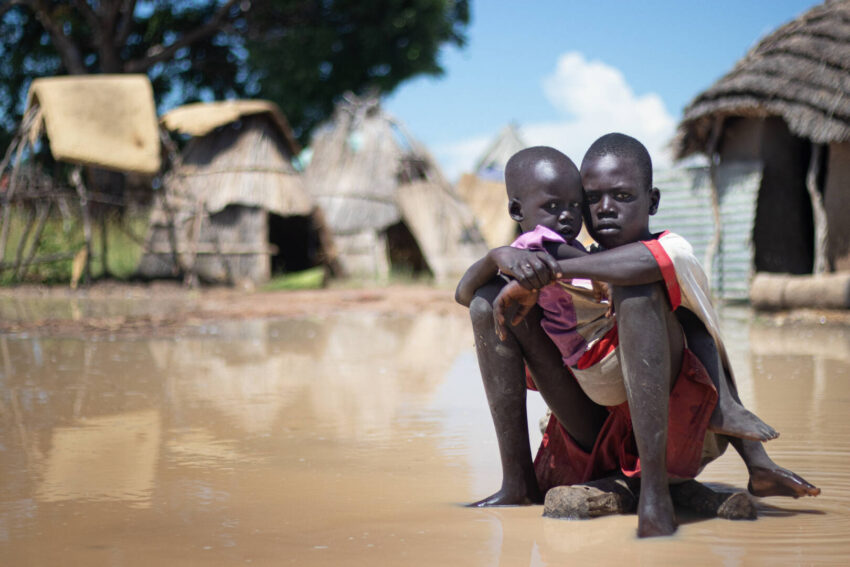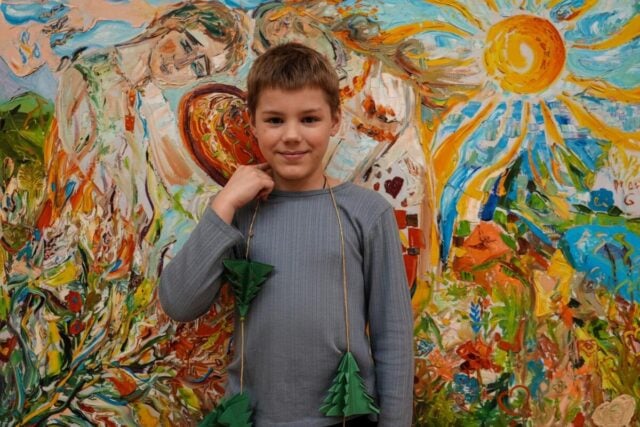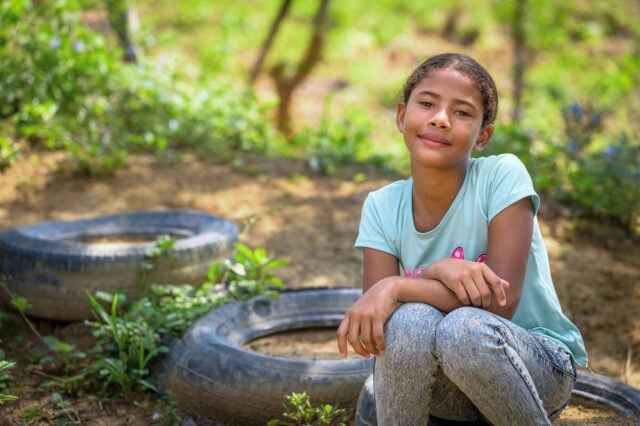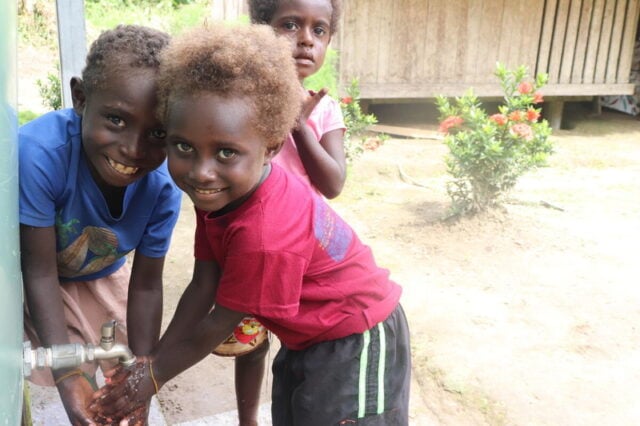Disasters — manmade and natural — rattled parts of the world in 2021. The U.N. Office for the Coordination of Humanitarian Affairs (OCHA) estimates that about 235 million people — one in 33 people worldwide — required life-saving aid in 2021. While the need for humanitarian aid increased, food insecurity and poverty also continues amid the COVID-19 pandemic.
World Vision works to protect the well-being of children and their families affected by all forms of disasters and crises — from the continuation of the coronavirus pandemic and conflict to devastating earthquakes and hurricanes. In 2021, we responded to 72 disasters in 52 countries, helping more than 30.1 million people with relief aid they needed to survive. This is in addition to our ongoing global response to the COVID-19 pandemic.
Learn more about 10 of the top disasters of 2021 and join us in inspiring hope for children and families affected by these tragedies.
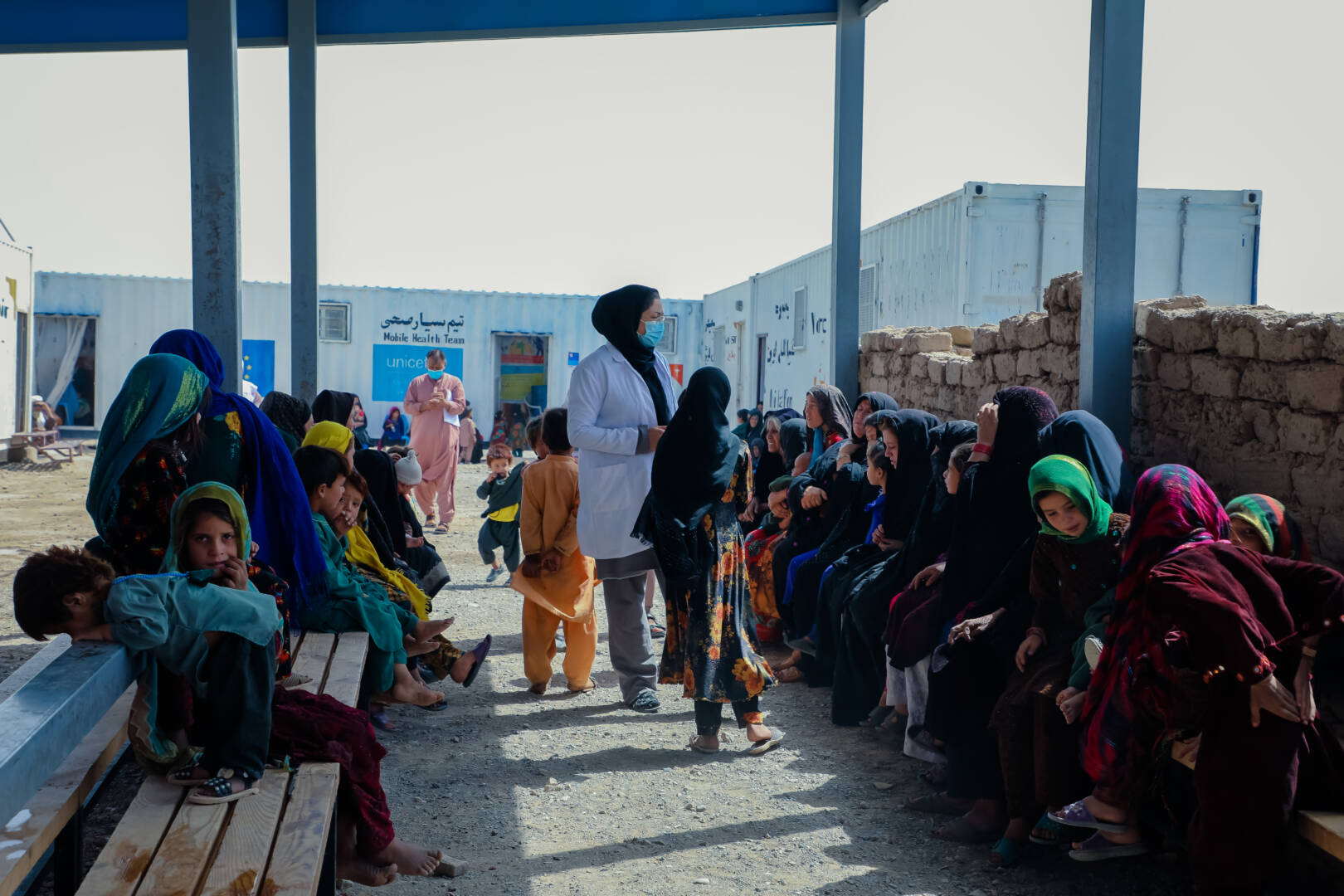
Afghanistan: Hunger and thirst
Vulnerable children and families in Afghanistan are in crisis: An estimated 8.7 million Afghan children and adults will be on the brink of starvation by March 2022.
A widespread hunger emergency, mass child starvation, and near-collapse of the health system are being fueled by conflict, poverty, and drought. Overall, an estimated 22.8 million people — 55% of the population — are facing acute levels of food insecurity and malnutrition.
More than half of Afghanistan’s population lives below the poverty line. Families are also facing a water crisis, which has limited their access to get enough water for livestock and agriculture, as well as for drinking and hygiene.
What is World Vision doing to help people in Afghanistan?
We’re aiming to help 1 million people, half of which are children, through programs in areas such as food and nutrition assistance, healthcare, child protection, and access to clean water, sanitation, and hygiene. We’ve restarted our life-saving food assistance and mobile health and nutrition projects. Also, we’re operating 14 mobile clinics focused on feeding malnourished children and responding to urgent health concerns.
In 2020 alone we:
- Reached 642,761 people, including 299,605 children, through development programs including health and nutrition, water and sanitation, and education
- Responded to the humanitarian emergency needs of 286,951 people, including 171,574 children
- As of August 2021, we’ve helped protect 663,672 people, including 314,492 children, through our COVID-19 response — scaling prevention measures to slow the spread of the virus and supporting health workers
Learn more about the Afghanistan crisis.
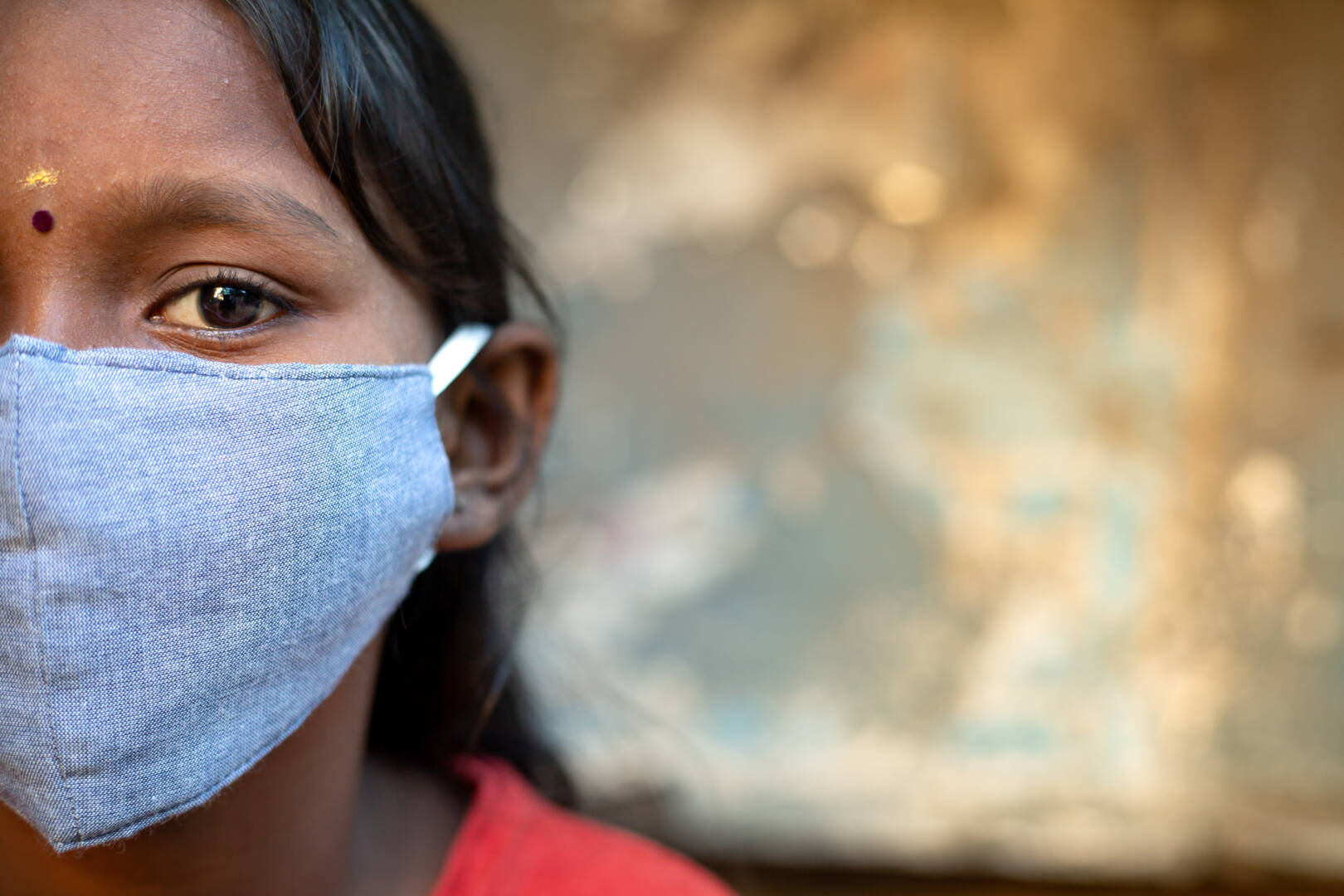
The COVID-19 pandemic: Public health crisis enters another year
The COVID-19 pandemic continued to impact the world. Entering another year, more than 272 million people have been sickened by the infectious disease, and another 5.3 million have died worldwide, according to Johns Hopkins University.
The pandemic has reversed years of progress in the fight against extreme poverty and threatens the future of a generation of children. Children have faced food insecurity, disruptions in education, and strained access to healthcare. There’s been an increased risk of violence, forced labor, and child marriage to offset financial hardships among affected families.
What’s World Vision doing to help people made more vulnerable by the coronavirus pandemic?
We’ve done everything we can to inspire hope for an entire generation. We launched our COVID-19 response on the same day the World Health Organization declared COVID-19 a pandemic — March 11, 2020. Around the world, we have dedicated teams helping prevent COVID-19 and helping reduce its negative impacts — like extreme poverty, hunger, and limited access to education — on the world’s most vulnerable children.
Worldwide, we’re working with partners in our sponsorship communities to help protect children and their families from the effects of the coronavirus. We’re playing a key role in ensuring communities are accurately informed on the nature and purpose of vaccines. We’ve trained 192,800 faith leaders, who are highly trusted by their communities, so they can quickly reach kids and families with the right information and tools to prevent the spread of COVID-19.
So far, we’ve served over 72 million people, including more than 31 million children, in over 70 countries, including the United States.
In the United States, in partnership with the USDA Farmers to Families Food Box program, we’ve distributed more than 3.6 million Fresh Food Boxes to nearly 14.3 million people across the U.S through a network of over 1,300 churches between May 2020 and May 2021. Also, 80,221 Family Emergency Kits, serving more than 291,000 children and adults, were distributed through 51 church partners.
Learn more about our global COVID-19 response and its four objectives.
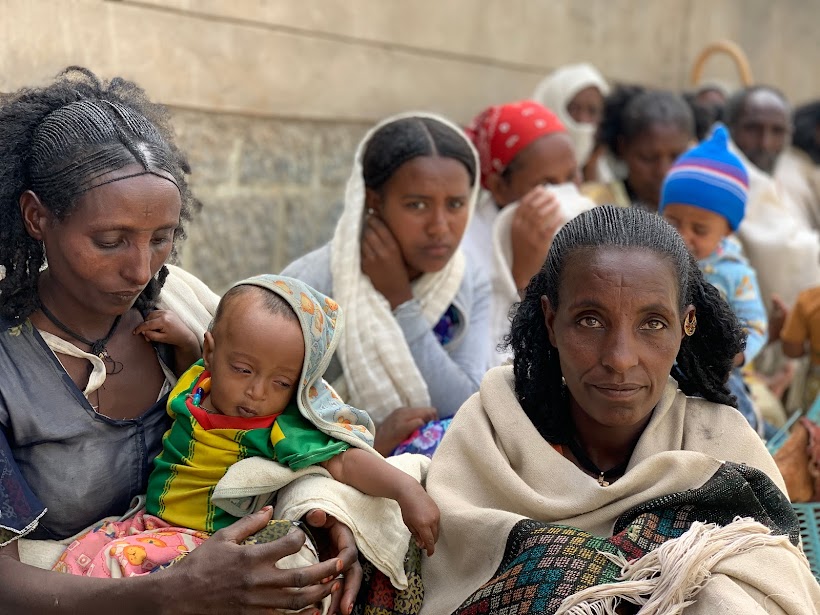
Northern Ethiopia: A state of emergency
In northern Ethiopia, rapidly declining humanitarian conditions have pushed northern Ethiopia into a state of emergency. Even before conflict erupted in November 2020, families faced serious challenges to their lives and livelihoods: food insecurity, inflated food and fuel prices due to recurrent drought, desert locusts, and the spread of COVID-19.
The affected population has now increased to 5.2 to 7 million, with more than 2.4 million people internally displaced, according to reports by the United Nations.
What is World Vision doing to help people affected by the northern Ethiopia crisis?
We’re coordinating with other humanitarian organizations to provide displaced families with food, emergency shelter, and non-food items, access to clean water, and sanitation facilities. We’re also partnering with healthcare facilities to ensure families have necessary supplies, providing support to rehabilitate damaged schools so children can learn in safe environments. So far, we’ve helped more than 1.5 million people, including 628,100 children, in northern Ethiopia with services such as access to clean water, food supplies, and emergency shelter.
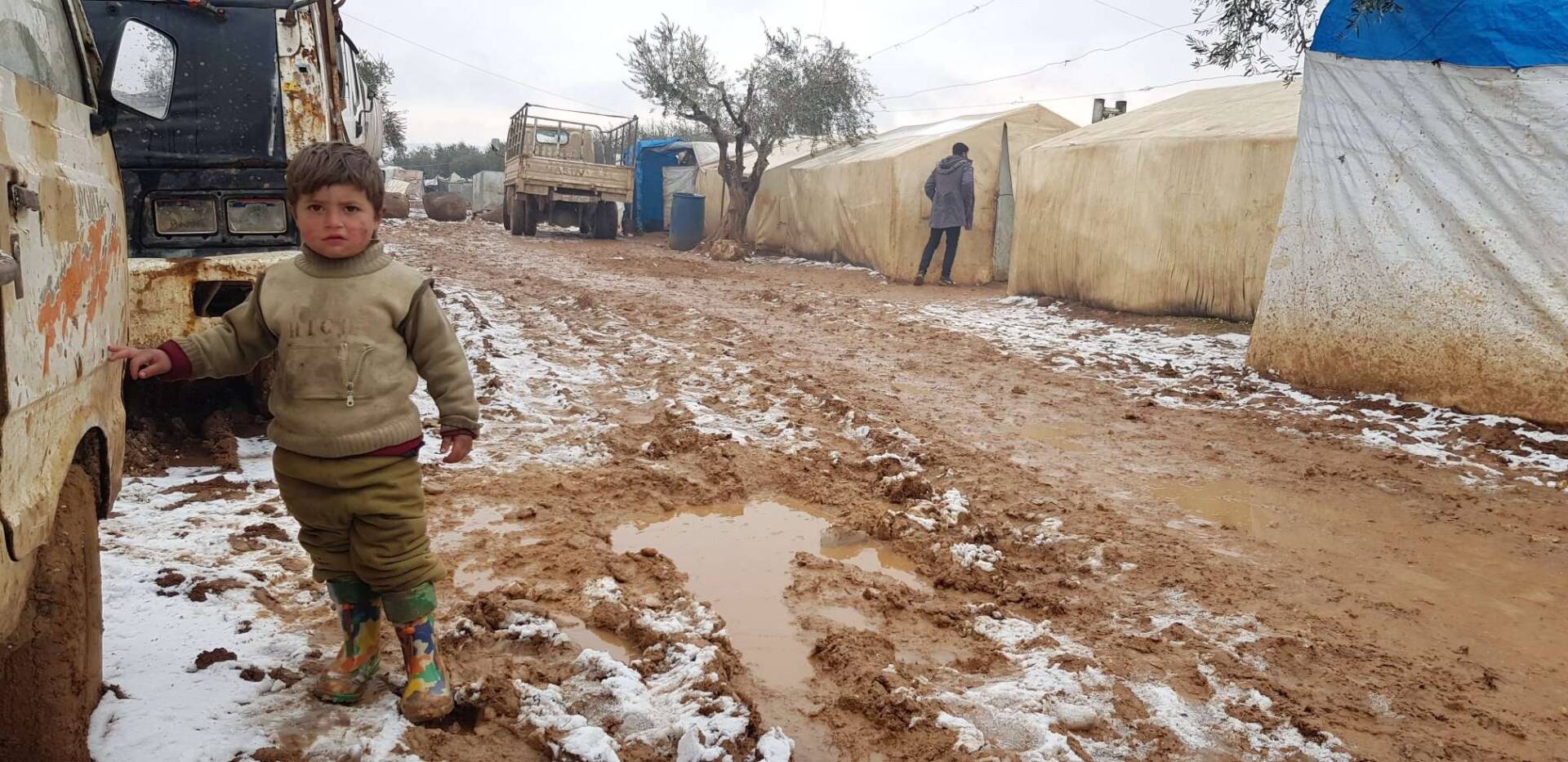
Syria refugee crisis: Nowhere to go
War has devastated the lives of Syria’s children. Since 2011, Syria’s civil war has torn apart the Middle Eastern country and sent 13.5 million people — more than half of the country’s population — fleeing for their lives. The conflict has killed hundreds of thousands of people, ripped the nation apart, and set back the standard of living by decades.
About 6.8 million Syrians are refugees and asylum-seekers, and another 6.7 million people are displaced within Syria. Nearly 11.1 million people in Syria need humanitarian aid. And about half of the people affected by the Syrian refugee crisis are children.
Many Syrian children don’t remember a peaceful life before war. Like 17-year-old Raghad and her family who fled Syria in 2016 and made their way to a Jordanian refugee camp. “I dream of the reconstruction of my country, of Syria, so I can live in safety,” says Raghad, who attends one of the few “safe places” she knows through child protection activities offered by World Vision.
What is World Vision doing to help people affected by Syria’s refugee crisis?
Since the start of the Syrian refugee crisis, World Vision has provided aid to children and families in Syria, Lebanon, Jordan, Turkey, and Iraq, which has also suffered from conflict and humanitarian crises. We’ve helped more than 6.5 million children and their families in the region. Programs by country:
- Syria: Healthcare; emergency food; clean water, improved sanitation, and promotion of safe hygiene; shelter repair kits; and Child-Friendly Spaces and child protection training
- Lebanon and Jordan: Food assistance, clean water and improved sanitation, education and recreation, Child-Friendly Spaces for kids and child protection training for adults, livelihoods support, and psychosocial support for women and children
- Turkey: Child-Friendly Spaces for kids, child protection training for adults, livelihoods support, and psychosocial support
- Iraq: Food aid, health services, clean water and improved sanitation, livelihoods training; for children — education, recreation, and programs in life skills, peacebuilding, and resilience
Learn the facts you need to know by reading our Syria FAQs.
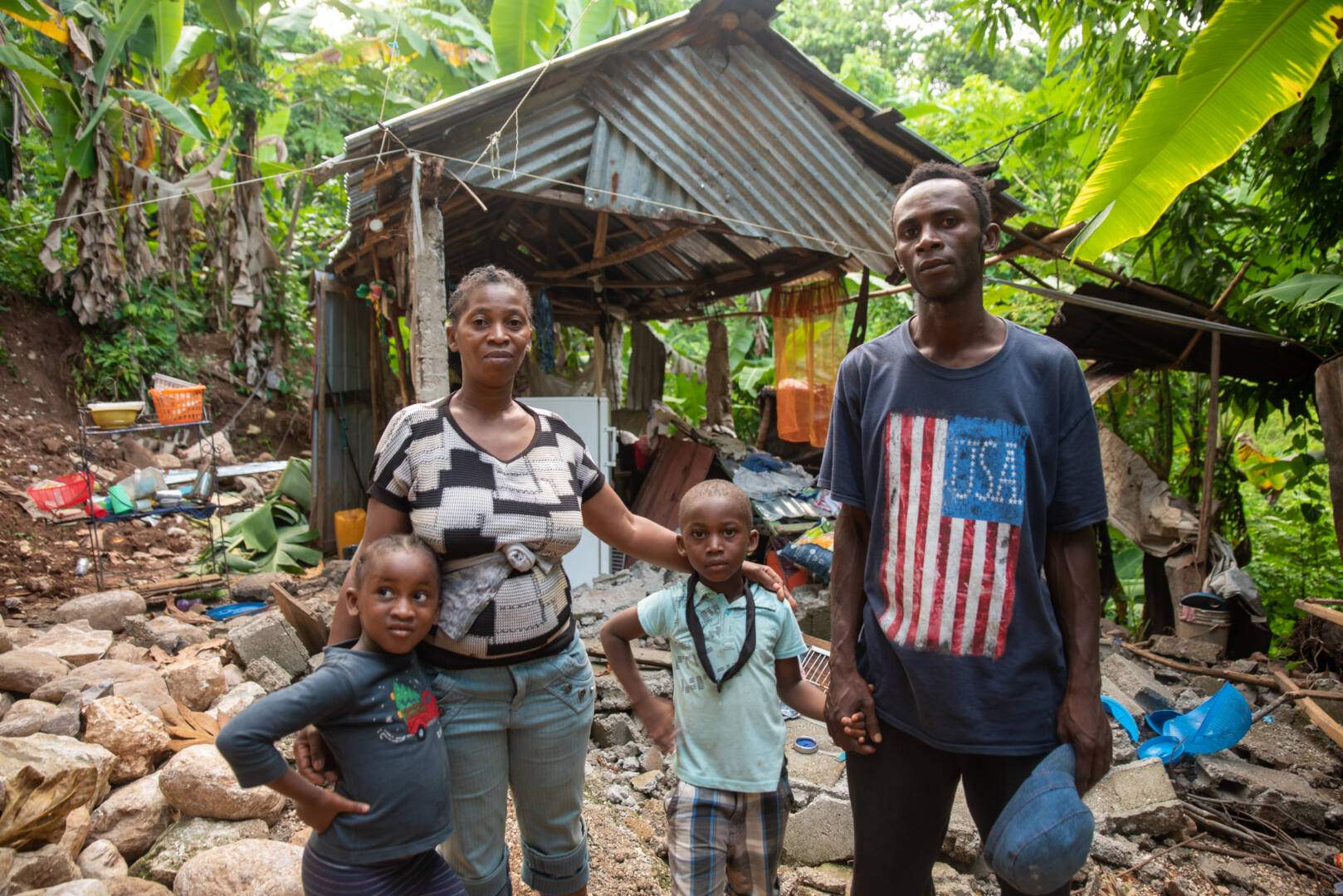
Haiti: Upheaval and unrest
On August 14, 2021, a deadly magnitude 7.2 earthquake devastated Haiti and further exacerbated an already difficult situation shaped by political turmoil, fuels shortages, rising food insecurity and malnutrition, violence, and the pandemic.
At least 2,200 people died and another 12,200 were injured in the earthquake, which is believed to have occurred along the same fault line as the devasting tremor that struck January 12, 2010.
At least 4.4 million people, including 2.2 million children, needed humanitarian aid before the 2021 quake.
What’s World Vision doing to help people recover from the 2021 Haiti earthquake?
We’re working with partner organizations to address the needs of the most affected families in the hard-hit area of Les Cayes. While World Vision’s programs weren’t near the southern quake-hit zones, we’ve distributed life-saving food supplies and hygiene kits to 6,000 people and helped another 240,000 in the affected regions. Our response includes coordinating with partner organizations to help families along with children in orphanages that lacked access to water, food, and electricity.
We’ve helped 240,000 people, 60,000 of whom are children, through:
- Access to clean water and purifiers to prevent infectious diseases like cholera and COVID-19
- Tents to provide shelter for people who lost their homes and are exposed to the elements
- Food supplies to families, prioritizing those with children
- Child protection efforts to ensure the well-being of vulnerable children, especially those in orphanages, making sure they’re safe and cared for amid the prevailing social unrest.
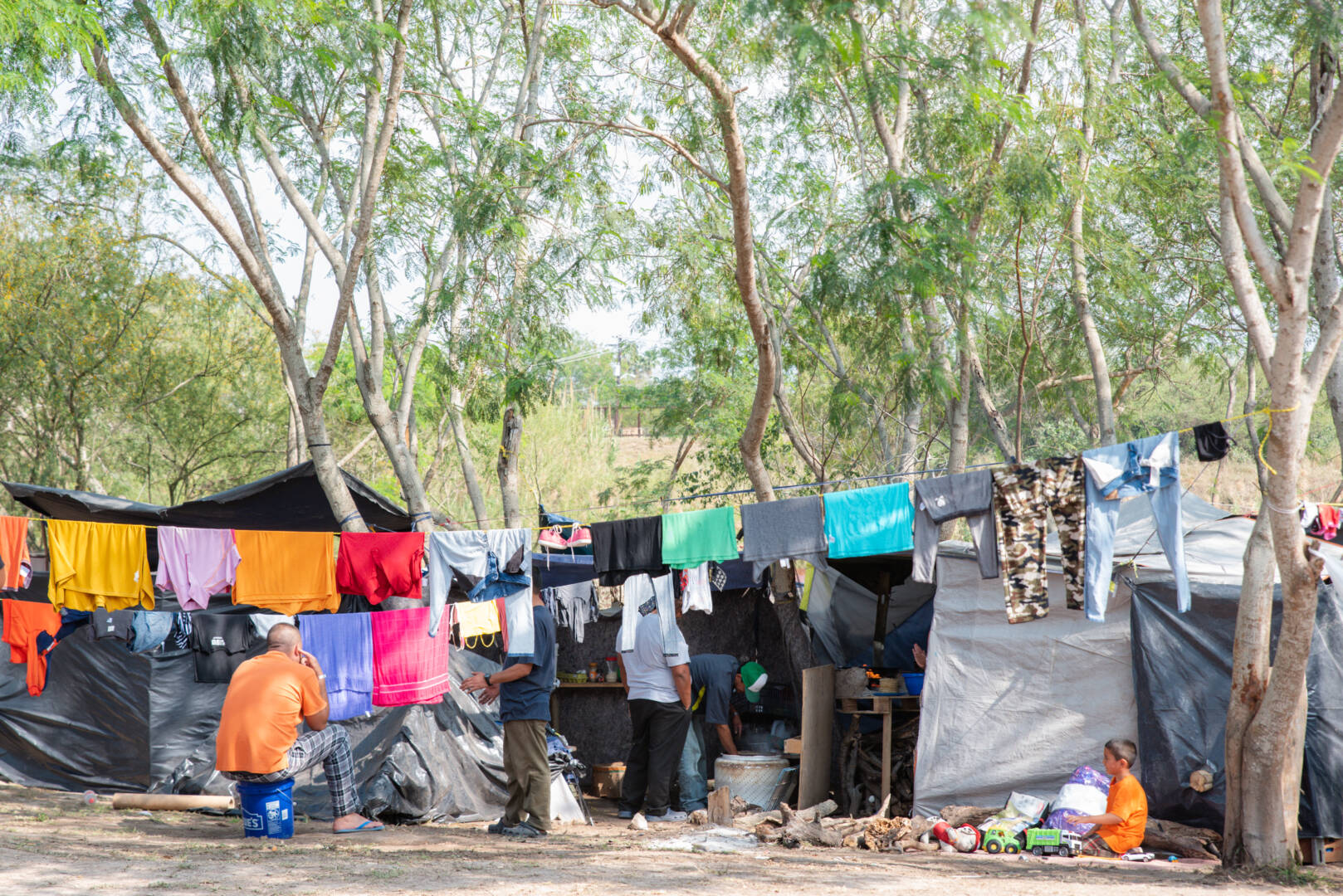
Central America: Mass migration crisis
Forced migration from Central America has increased over the years, despite the threat of the COVID-19 pandemic. Poverty, violence, food insecurity, and lack of economic opportunities and sustainable livelihood are among the top reasons migrants cite for traveling to the U.S.
“We see more families and unaccompanied children risking their lives seeking and opportunity, pursuing the dream of a better future for their children and themselves,” says Michele Gonzales, World Vision’s senior regional manager for Latin America and the Caribbean.
There’s no clear count of how many people migrate to the U.S. from Central America. But the Migration Policy Institute says of the 3.4 million Central Americans living in the U.S., about 85% of them are from Guatemala, El Salvador, and Honduras. At any given time, there could be thousands of people journeying north from their home countries.
What is World Vision doing to help migrant families affected by the Central America crisis?
At the Mexico–U.S. border, World Vision staff have been working with local faith-based organizations to help migrant families. We provide food, basic household items, and school supplies.
Our Hope at Home: Building Resilience in Central America framework supports the work of communities and governments in repairing relationships at different levels to anticipate — and tackle — the root issues of poverty and fragility. It fosters resilience through efforts around violence prevention, social inclusion, sustainable livelihoods, food security, water and sanitation, quality education, health, and more.
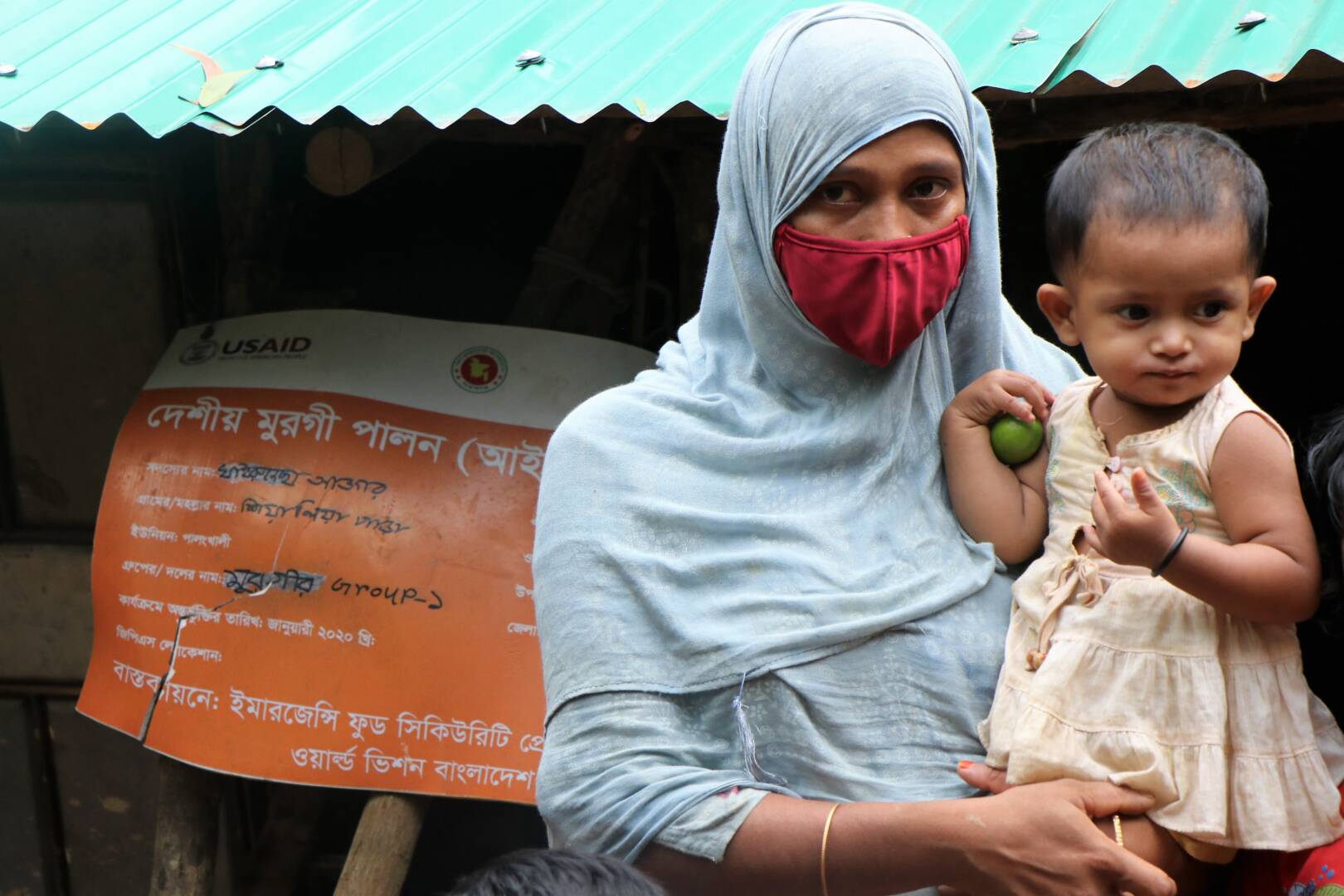
Rohingya refugee crisis: Another year of turmoil
2021 marks the fourth year of the largest, fastest movements of people in decades, the Rohingya refugee crisis. The United Nations has described the crisis as genocidal violence that has followed decades of persecution and human rights abuses.
Refugees have been flooding into Cox’s Bazar district in Bangladesh, where they joined 200,000 Rohingya who fled years before. Since August 25, 2017, more than 700,000 Rohingya refugees from Myanmar have fled to Bangladesh. Today, about 913,660 stateless Rohingya refugees live in refugee camps, including the world’s largest and most densely populated — Kutupalong. More than half of the refugees are children.
Bangladesh, including Cox’s Bazar, is one of the most disaster-prone nations in Asia and the Pacific, where it is exposed to cyclones and severe flooding from monsoons.
What is World Vision doing to help Rohingya refugees?
World Vision has served in Bangladesh since 1970, following the Great Bhola Cyclone that killed at least 300,000 people across the country. Today, World Vision’s work in Bangladesh reaches about 5 million children and adults.
We’re caring for about 500,000 people in 21 camps and 150,000 in neighboring host communities through food; nutrition; water, sanitation, and hygiene; and education.
World Vision has installed deep wells, latrines, handwashing stations, and bathing cubicles to benefit more than 200,000 refugees in 11 camps. We hold hygiene promotion sessions and support some 1,000 water, sanitation, and hygiene (WASH) committees in communities that manage and maintain facilities.
We’ve provided informal education for 3,840 children ages 3 to 14 in our 21 learning centers, in partnership with the United Nations Children’s Fund. Youth ages 15 to 18 also benefited from training in vocational skills, as well as basic literacy and numeracy.
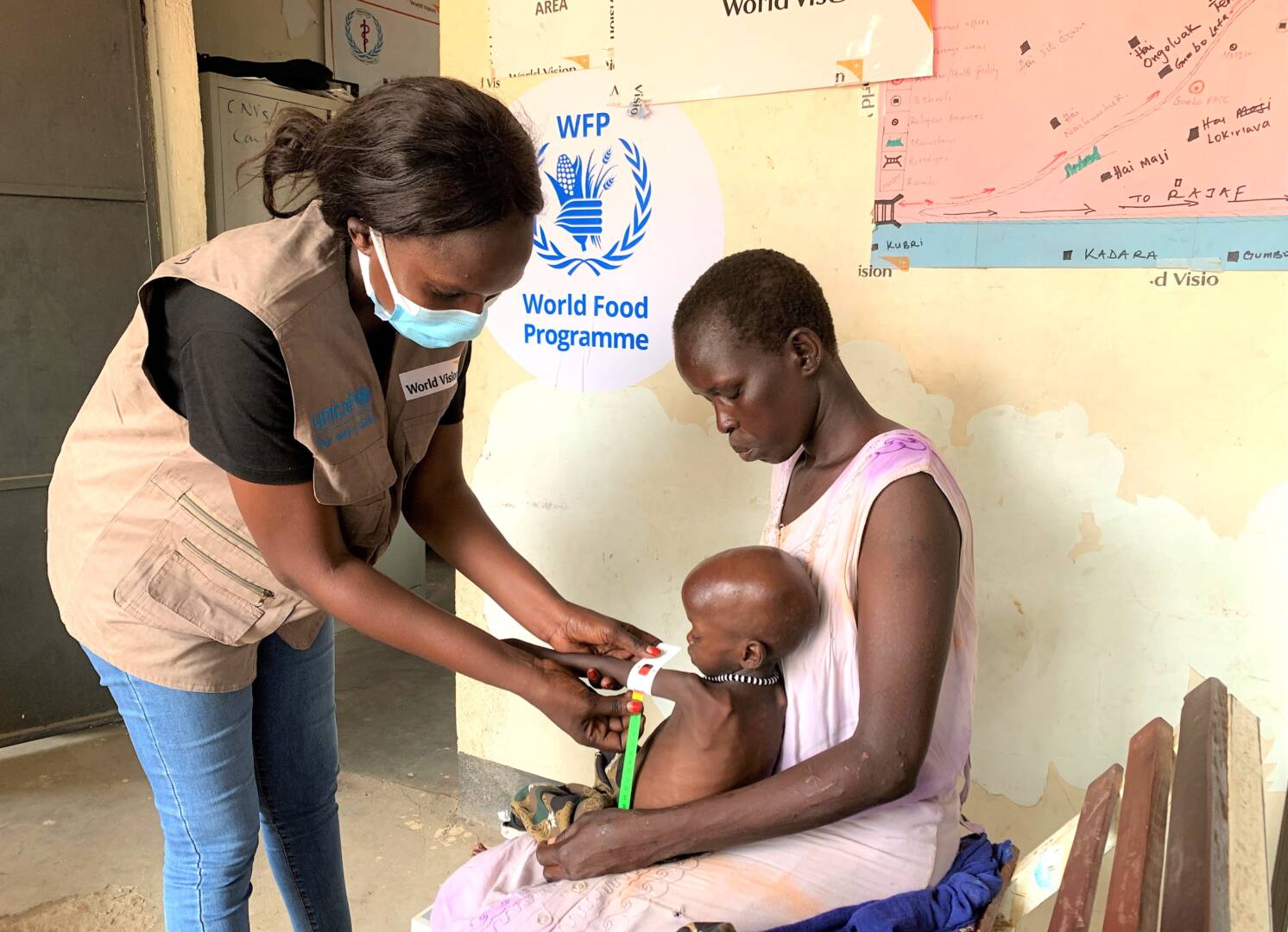
South Sudan: Famine-like conditions and floods
Conflict and natural disasters have greeted South Sudan for most of its 10-year existence as an independent country. The brutal conflict has displaced 4.3 million, including 2.2 million who fled the country as refugees.
South Sudan faces “catastrophic” levels of acute hunger, according to the “Hunger Hotspots” report from the WFP and the U.N. Food and Agriculture Organization. About 8.3 million people needed emergency aid in 2021 alone, according to the World Food Programme (WFP). Globally, World Vision is the WFP’s largest implementing partner.
The region has experienced devastating flooding and has forced about 780,000 people to flee communities along the Nile and Lol rivers, and in the Sudd marshlands since May.
What is World Vision doing to help people in South Sudan?
World Vision, in partnership with the WFP, has deployed mobile response teams to reach the hungriest people in the most remote, isolated areas. Traveling by helicopter, mobile response teams register people for food aid and deliver food supplies by road, river, and airdrops. Through this partnership, 193,131 displaced people living in 19 different locations across three counties in South Sudan’s most remote corners have received the nutrition supplies they need to survive the lean season.
We’re also providing life-saving food supplies and cash assistance to about 1.7 million people to prevent the spread of hunger in famine-like conditions in four South Sudanese states: Warrap, Upper Nile, Northern Bahr el Ghazal, and Central Equatoria.
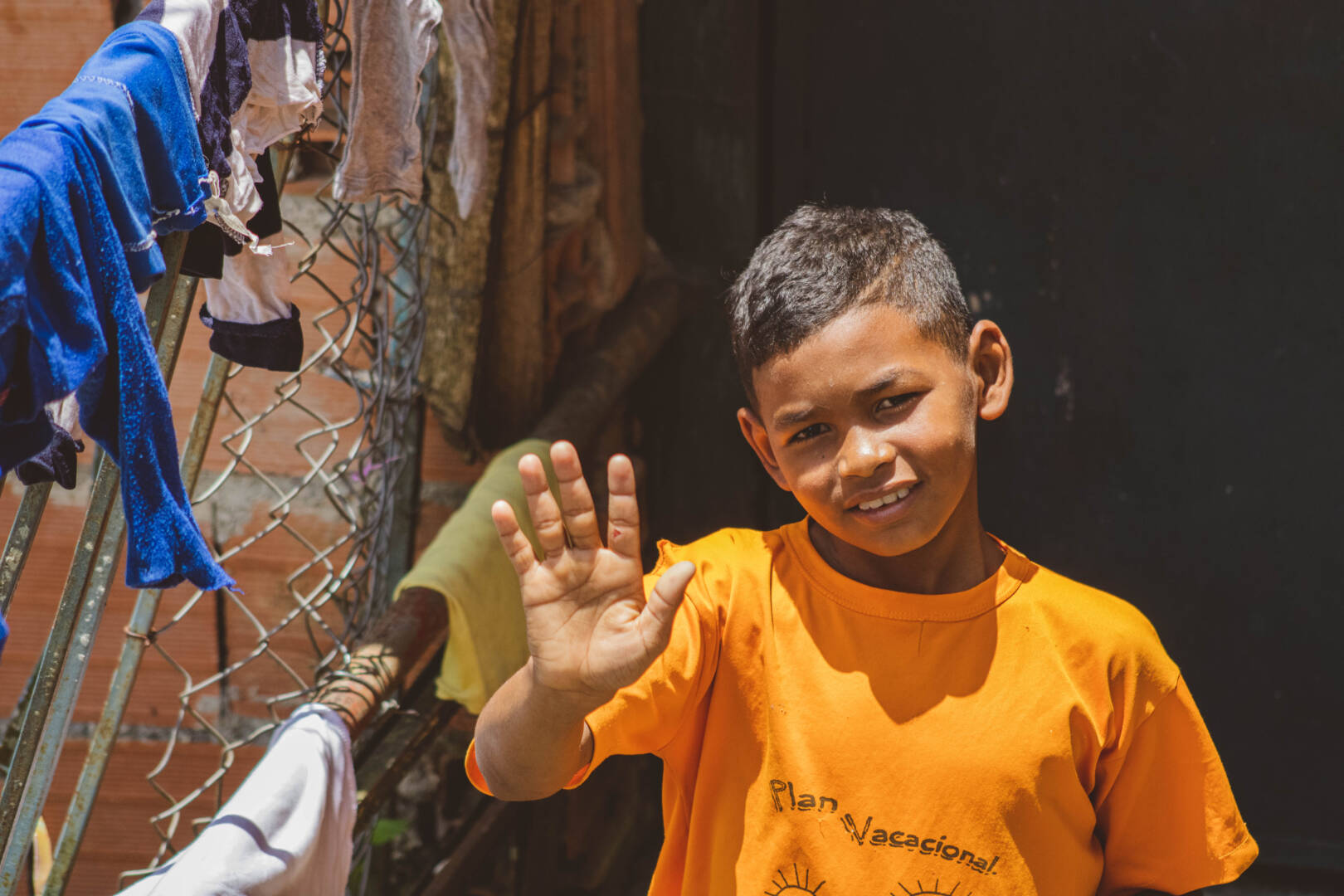
Venezuela: Collapsed conditions
Venezuela’s deteriorating economic conditions, political unrest, food insecurity, and collapsed healthcare system have driven more than 6 million people from the country.
“Even as some pandemic restrictions ease, most Venezuelans still struggle daily to make ends meet,” says Peter Gape, World Vision Colombia national director and Venezuela crisis response director. “A recent national study shows more than 76% of Venezuelans are now living in extreme poverty. More children are malnourished, more parents are out of work, and more people continue to leave their homes seeking a better life in neighboring countries. Families are facing impossible choices as they try just to feed their children and survive. We have to pay attention to this crisis, or it will only get worse.
What is World Vision doing to help people affected by Venezuela’s crisis?
Since January 2019, we’ve maintained a multicountry response to the Venezuela migrant crisis. We’ve reached more than 834,100 people through programs focused on child protection, education, and food security and livelihoods in Bolivia, Brazil, Chile, Colombia, Ecuador, Peru, and Venezuela.
Amid the COVID-19 pandemic, many Venezuelan migrants are struggling for employment and live in poor conditions. Their needs are increasing and are now at high risk for contracting COVID-19 and suffering its economic and social effects. World Vision’s cash transfers and food aid have become a vital lifeline.
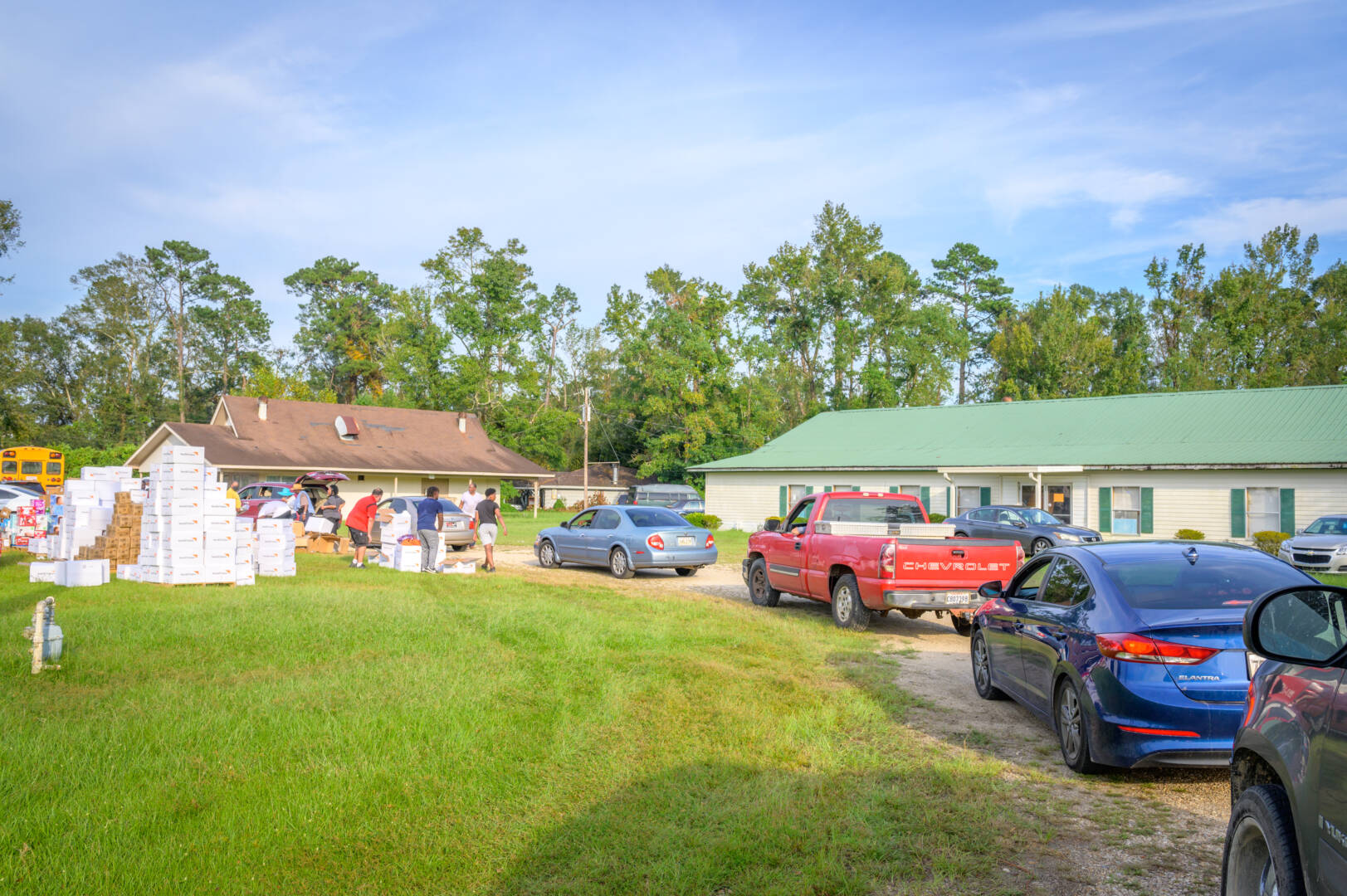
Hurricane Ida: Unprecedented storm
Hurricane Ida, the deadly and destructive Category 4 Atlantic hurricane, became the second-most damaging and intense hurricane to hit Louisiana. It made landfall on the 16th anniversary of Hurricane Katrina.
Hurricane Ida lashed Louisiana on Sunday, August 29, making landfall near Port Fourchon as an “extremely dangerous” Category 4 storm with sustained winds of 150 mph. A storm becomes a Category 5 at 157 mph. Ida then churned inland, bringing catastrophic winds, heavy rainfall, and tornadoes, along with flash and urban flooding plus life-threatening storm surge along the coasts of Louisiana, Mississippi, and Alabama.
What is World Vision doing to help people affected by Hurricane Ida?
World Vision rushed truckloads of critically needed supplies to the hardest-hit communities ravaged by Hurricane Ida. Working closely with our church partners in Louisiana, we’ve reached 12,000 people with resources including food, clean water, tents, sanitizing wipes, generators, flashlights, diapers, and clothing.
